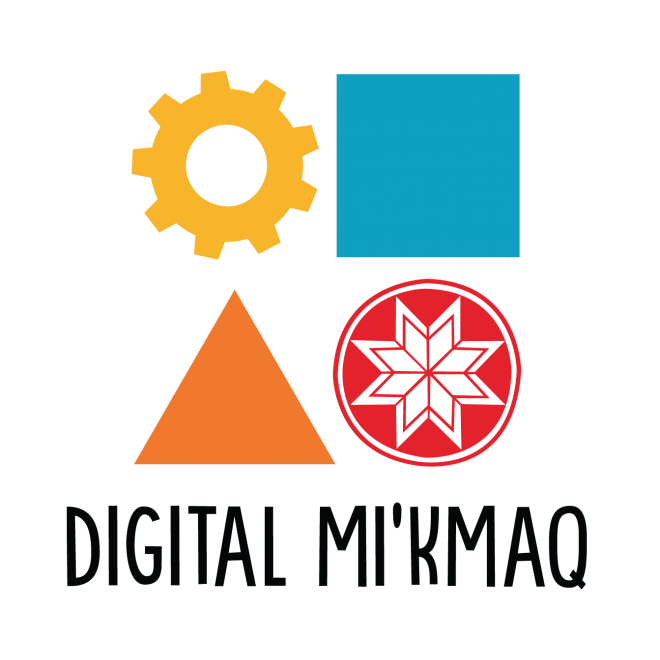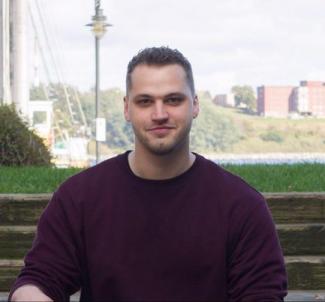Making the Robot Fish - Part 1
Hello there! My name is Jordan Alexander and I am a science education facilitator at Ulnooweg’s Digital Mi’kmaq initiative. My background is in Mechanical Engineering and in my spare time I enjoy skateboarding, surfing, hiking and using 3D printing to solve the simple problems in my everyday life and we’re really excited to have collaborated with 'Little Inventors Mission: Protect our oceans' and bring our selected student, Jayla’s invention to reality.
Digital Mi’kmaq is an Indigenous-led initiative, a program of the Ulnooweg Education Centre that aims to create lasting foundational change for Indigenous youth and communities through the interplay of science, culture, education and innovation.
We've had so many wonderful inventions to choose from and when Jayla's drawing was selected, we wanted to take part in bringing her invention to life. We really enjoyed her idea and art style as it is very unique, imaginative and creative and we couldn't wait to talk to her and learn more about what inspired her.
As an Indigneous non-profit science-based organization in Atlantic Canada, ocean sustainability is always top of mind and is very important to our people. We wanted to bridge innovation and technology into bringing Jayla’s robot to life - but in a sustainable and [non-harmful] way. We all know that plastic is an issue within our Ocean environments around the world and wanted to ensure that we still maintain the focus on protecting our oceans through this innovative project.
Digital Mi’kmaq delivers programs to Mi’kmaw youth in 3D modelling and 3D printing, we realized we could incorporate it into Jayla's project. But how do we do it in an eco-friendly way? Jayla's idea is based around to *remove* plastic from the ocean, and having decided on 3D printing we thought it would make sense to look into PLA, a bioplastic made from corn that is biodegradable. The plastic is also infused with a filler material of the powdered shells of scallops, a common shellfish (found in the ocean near Jayla's home) that further promotes the biodegradability/sustainability vision of Jayla. Additionally, the plastic has a pale gold color, identical to Jayla's artwork!
Our next step was to draft the body of the robot fish by designing a 3D model of it based on Jayla’s design. During our video call with Jayla, she mentioned her inspiration for the shape of the fish came from a goldfish. Following that, we researched the different body-styles of goldfish and looked at other artwork of robot fish to determine the dorsal fin shape and general body shape of the style we were looking to incorporate into our design.
For now, I will just take this time to say Wela’lioq (thank you) to Little Inventors and NSERC on behalf of myself, Jayla and the Digital Mi’kmaq team in inviting us to take on this opportunity to engage youth in learning science and talking about how we can use innovation to help protect our oceans. We look forward to sharing our journey in bringing Jayla’s robot fish to life and sharing it with all of you. Until next time, Numltis (see you later)!


